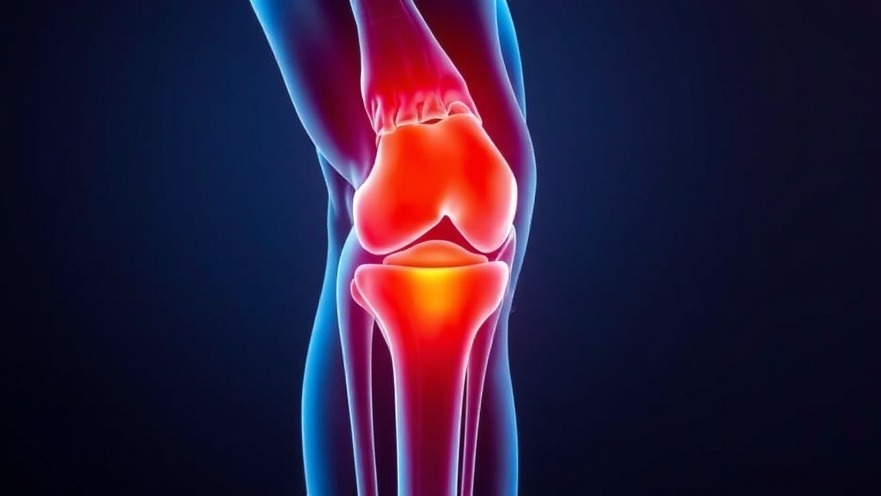
Migraines Unveil Rare Brain Disorder Beyond Phone Use
For concierge medicine practitioners, understanding rare conditions and their symptoms can enrich their patient care practices. Such is the story of Charlie Rolstone from the U.K., whose lifelong migraines and motion sickness were attributed to excessive phone use until a sudden medical emergency uncovered a Chiari malformation, a rare disorder involving skull formation pressing the brain downward into the spinal canal. This revelation underscores the vital role of attentive diagnostics in healthcare.Despite living with migraines, blackouts, and motion sickness since her teen years, Rolstone never suspected the root cause was as severe until a seizure disclosed she also had epilepsy, brain lesions, and an aneurysm. "I've had it my whole life, but my symptoms have only been getting worse," said Rolstone, providing a narrative familiar to those in intimate patient-doctor relationships.Rolstone's experience highlights the intricacies of diagnosing Chiari malformations, which can manifest subtly or seem like unrelated issues. Typically emerging in late childhood to adulthood, symptoms in conditions like Chiari malformation type 1 include headaches, neck pain, and numbness, while more profound symptoms such as breathing difficulties may indicate type 2, often linked with spina bifida. This multifaceted condition presents various challenges in ensuring accurate diagnosis and compassionate management, as practices strive to connect deeply with their patients.
Historical Context and Background of Chiari Malformation
Chiari malformation has been a challenge in the medical community for its complex presentation and differential diagnostics. Initially documented over a century ago, the condition was considered rare, but modern imaging has made diagnosis more feasible, yet it remains underreported. This history has demonstrated the shifts in understanding and awareness, pivotal for concierge practices aiming for comprehensive care and holistic patient management.For concierge practitioners, being versed in the historical context of such conditions enables a deeper comprehension that facilitates patient-centric strategies. By intertwining past discoveries with current clinical methods, medical professionals can ensure proactive, informed approaches that align with the nuanced requirements of concierge medicine.
 Add Row
Add Row  Add
Add 






Write A Comment